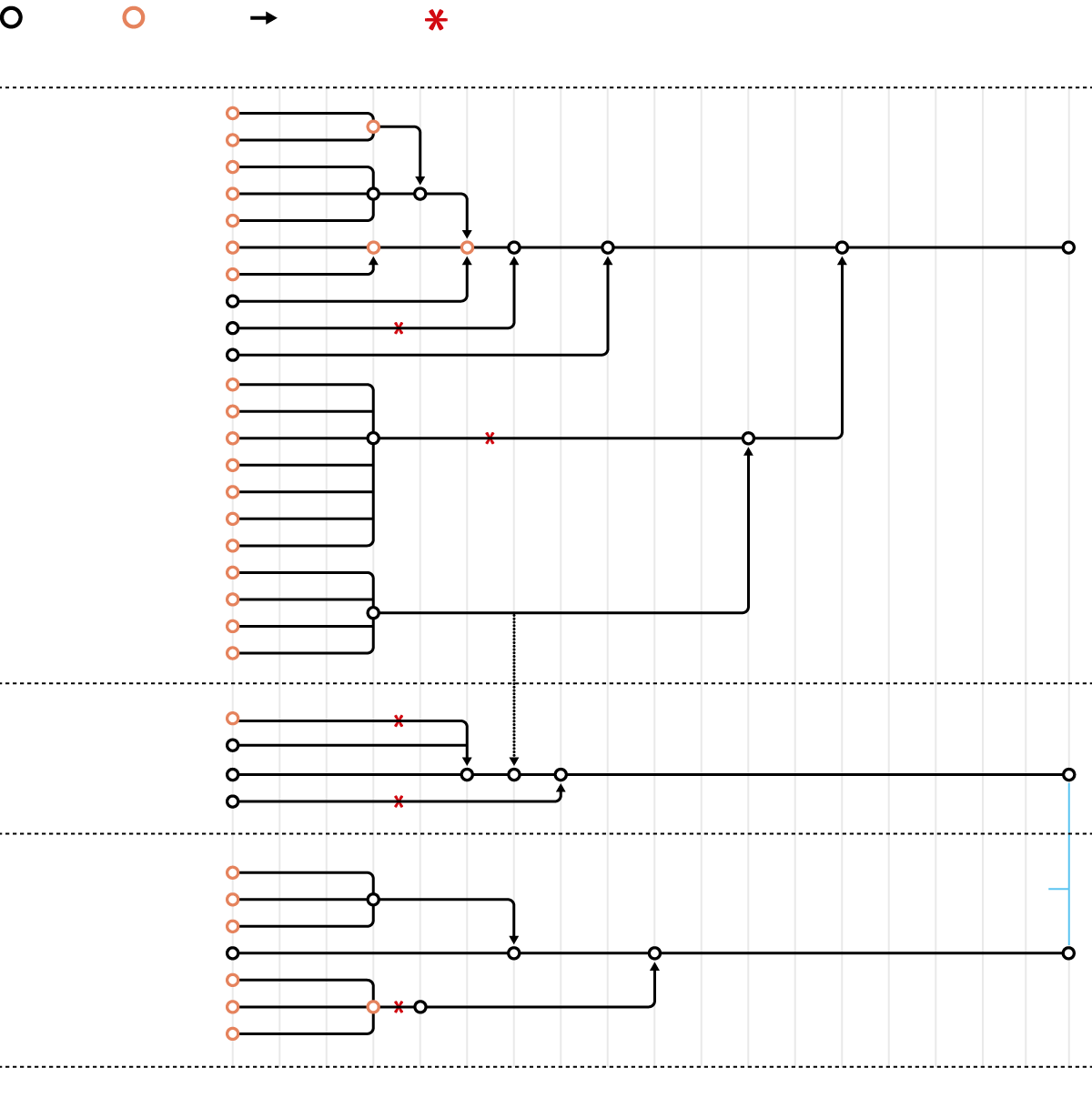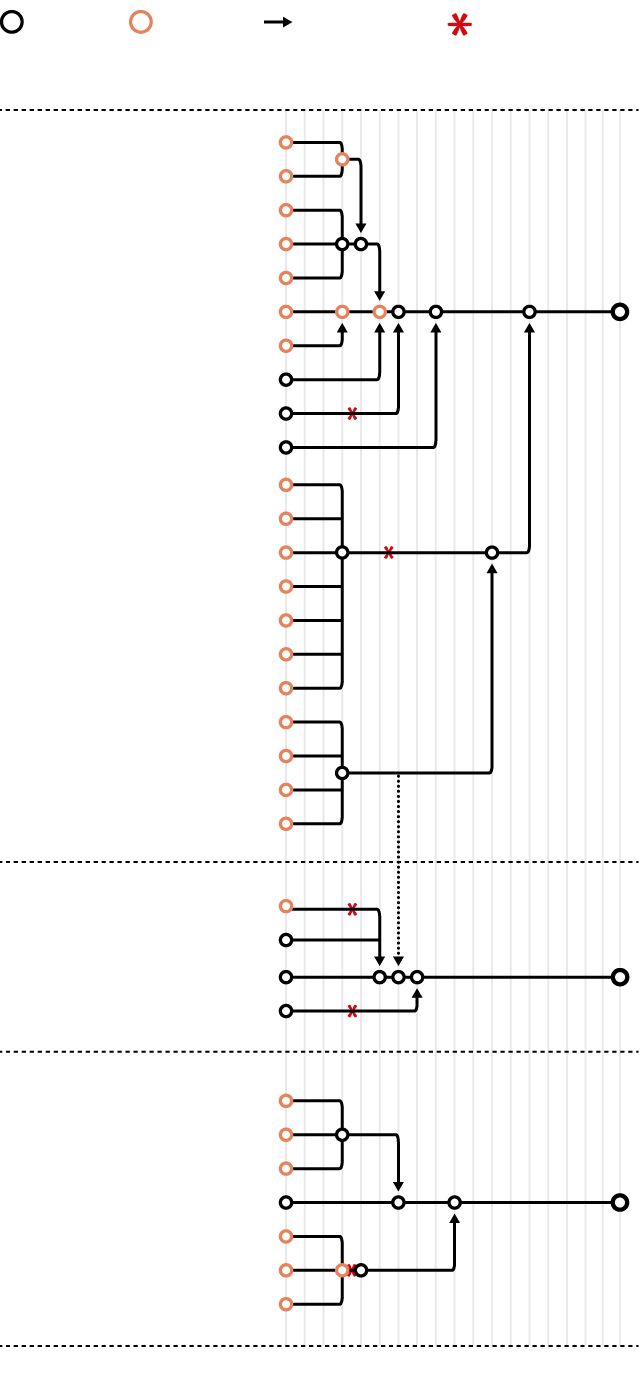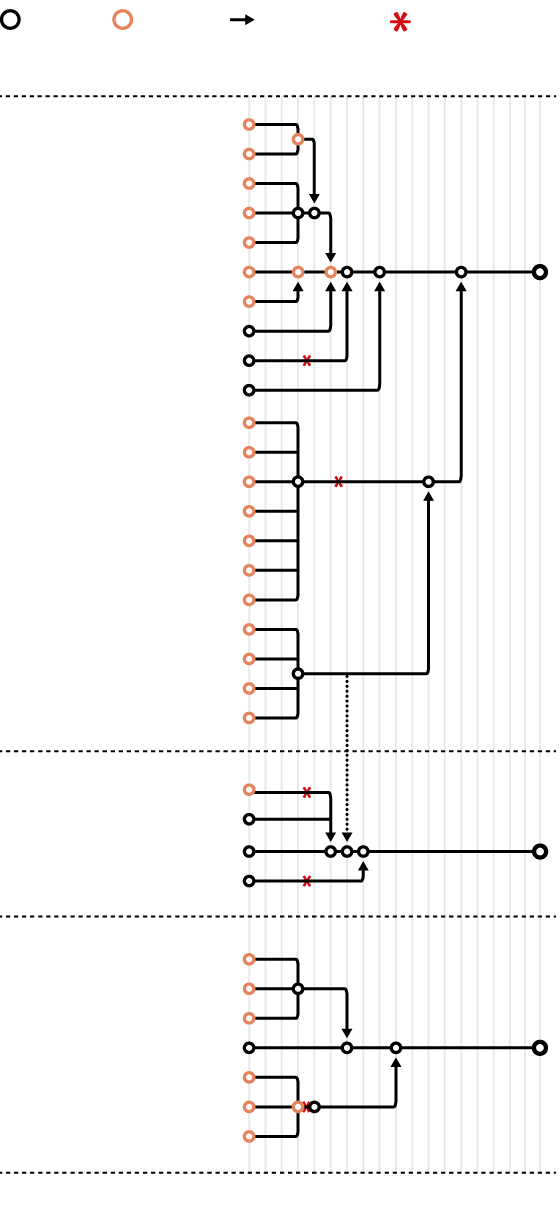What has become of the Catalan financial system?
More than a decade after the disappearance of the savings banks, there is only one major bank headquartered in Catalonia, Sabadell, which is at risk of being swallowed up by BBVA.


BarcelonaThe Catalan financial system is experiencing a new phase that could lead to the loss of the only major bank with its headquarters, Sabadell, which was reclaimed last January after more than seven years in Alicante due to the Process and the referendum. Now, the takeover bid (OPA) for BBVA and the planned subsequent merger are in the hands of the Spanish government. After analyzing the the responses to the unprecedented public consultation called by the executive, The Ministry of Economy has until next Tuesday, the 27th, to submit the file to the Council of Ministers. The Council must then decide whether to object to the merger based on "general interest" criteria, since the free competition criteria were resolved by the National Commission on Markets and Competition (CNMC) in a unanimous ruling on April 30th.
The operation, on which the markets They expect an improvement in supply For it to go ahead, it is of great importance. Since BBVA launched the takeover bid on May 9 of last year, three days before the last elections in Catalonia, the central and Catalan governments, as well as the economic and social world, have expressed their opposition. In fact, a group of entities and employers' associations addressed the issue a few days ago. by letter to the president of the government, Pedro Sánchez, to ask him to veto the merger. One of the reasons, in addition to Sabadell's importance in the SME and self-employed business and the reduction in supply, is its territorial concentration, especially in Catalonia and the Valencian Community. This is also the central argument used by the Círculo de Economía in its response to the consultation.
This organization believes that the CNMC should have either imposed the sale of parts of the business or simply not authorized the proposed merger. In any case, if it goes ahead, it should maintain operations and governance independent of Sabadell. Professor Guillermo López Casasnovas, a former director of the Bank of Spain, is also concerned about the possibility of the oligopoly situation worsening and believes that the operation could end in a takeover without a merger. Furthermore, the Catalan bank should maintain a stable core shareholder base and remain listed on the stock exchange, because this "provides market discipline and a certain level of independence." In his opinion, such a move would allow Sabadell's brand and presence to be maintained, although BBVA would be its owner, which could consolidate results and reduce the influence of Mexico and Turkey on its business. He also states that the CNMC analysis It was "scandalously poor," with "measures from another era," very focused on municipalities and postal districts, and with "little sense in a digital and globalized world."
Currently, the Catalan financial system is already an oligopoly with four major players (CaixaBank, BBVA, Santander, and Sabadell) controlling more than 85% of branches. If the takeover bid and the merger led by BBVA go ahead, there would be three, although "only two would control 70%," highlights Oriol Amat, professor of economics, president of the Pimec SME Observatory, and former board member of the National Securities Market Commission (CNMV). And remember a report from the Catalan Competition Authority (Acco) which warned last year that this movement increased the existing oligopoly, to the detriment of a more competitive offer.
Acco recalled that CaixaBank has 38.9% of bank branches in Catalonia; the IHH (Higher Quality Index), used by the European Commission to analyze these mergers, will increase from 2,200 to more than 2,800. For example, in the US there are around 4,000 banks, which is half of what there were 30 years ago, says Amat. He also warns that concentrations in one country can hinder the cross-border integration process advocated by European authorities.
What's striking, Amat adds, is the difference in opinion between the Acco—concerned about the impact of the operation in Catalonia, although it also affects other regions such as the Balearic Islands and the Valencian Community—and the CNMC, which only imposed temporary conditions on the potential merger. Former Minister of Economy Andreu Mas-Colell warned in an article for ARA that the CNMC acknowledged that the merger "could negatively affect the local banking ecosystem," but opted to impose temporary measures to facilitate the transition, moving the ball forward and postponing potential problems until now.
Until Sabadell decided last January to return its headquarters to the city of its name, Caixa Enginyers was the top financial institution in the Catalan ranking, followed by Caixa Guissona. Now, Sabadell, returned in a defensive move amid BBVA's takeover bid, once again tops the ranking, but could fall behind if it goes through with its merger with BBVA. Other institutions that had been headquartered in Catalonia, such as the Italian Mediolanum—which it absorbed in 2010— the Catalan Fibanc, founded by Carles Tusquets– or Archia –Fnoise of the merger of the architects' and lawyers' savings banks – keep them in Madrid and Valencia, respectively.
The process of disappearance of entities based in Catalonia goes back a long way. In 1982, Banca Mas Sardà, after going through difficulties, passed into the hands of Banco Bilbao (now BBVA) and, two years later, the former Banco de Vizcaya (now also BBVA) took over a crisis-ridden Banca Catalana – founded by Pujol, father and son, Florenci and Jordi, among others – and which had passed into the hands of Fons y ' Depósitos (FGD). And after the financial and real estate crisis of 2008, BBVA, which merged with Bilbao and Vizcaya in 1988 (BBV) and added the public group Argentaria in 1999 (BBVA), is leaving meal six of the ten savings banks that existed in Catalonia, of which none remain.
For its part, La Caixa, the result of the merger in 1990 of Caja de Pensiones and Caixa de Barcelona, absorbed the Bank of Europe in 1998 - founded by Carles Ferrer Salat, founder of the CEOE, and today converted into the Microbank division - and in 2011 a Bankpime was close to bankruptcy, the ' Caixa Ingenieros and Caixa Guissona are cooperatives.
Between 2009 and 2021, a total of 14 concentration operations took place in the financial sector at the state level. The process had a major impact on Catalonia. During this period, the number of bank branches has been reduced from more than 8,000 to just over 2,000. Since the outbreak of the financial and real estate crisis in 2008, all 10 savings banks in Catalonia have disappeared. The largest bank spun off its financial business and created CaixaBank in 2011, with the La Caixa Foundation as the main shareholder through its investment company Criteria, and after the takeover of Bankia in 2021, with the State as the second largest shareholder.
The other savings banks remained solely as foundations, and their financial business was swallowed up by other players in the Spanish financial system. BBVA is the bank that has incorporated the most entities. It acquired six Catalan savings banks: the three Unnim banks—Manlleu, Sabadell, and Terrassa—and the CatalunyaCaixa banks—Catalonia, Manresa, and Tarragona—which had undergone mergers to overcome the financial and real estate crisis. For its part, CaixaBank integrated Caixa Girona and then Laietana, as it was part of Bankia, which absorbed it in 2021. The bank has maintained its headquarters in Valencia since 2017, but its main shareholder, the La Caixa Foundation, through its holding company Criteria, decided a few weeks ago to return its Palma headquarters to Barcelona. And Banc Sabadell retained the Caixa Penedès branch network in Catalonia.
The financial and real estate disaster saw CatalunyaBanc (CatalunyaCaixa) as the protagonist of the second-largest public bailout, with more than €12.5 billion, after the €22.424 billion of Bankia, which originally included Caja Madrid. BBVA bought CatalunyaBanc for approximately €1.16 billion after a public auction in 2014. The Basque-based bank also won the auction of Unnim Banc in 2012 for €1, but without requesting public aid, after it was nationalized and, under a 10-year loss-bearing scheme, is supported by contributions from banks. All this means that BBVA has more branches in Catalonia than Sabadell itself.
Concentration, the elimination of branches, and increased digitalization have led to significant job cuts and the need for in-person customer service. The number of financial services workers in 2008 has fallen to around 75,000, according to Idescat data. This process led to the depopulation of banking services in many localities. As a result, the Catalan government launched a public tender. The contract was awarded to CaixaBank, which provides mobile banking services to 505 municipalities, and to Caixa Ingenieros, to 313 municipalities, with a total of more than 300,000 inhabitants. This initiative was added to that of the Barcelona Provincial Council, which awarded Prosegur the cash access service to 96 municipalities in the province.
The situation of the financial system led the Generalitat (Catalan government) to promote efforts to revive Barcelona as a financial center, but one that is more based on the fintech and the digital ecosystem and other financial services, rather than traditional banking. This initiative, which began with the previous government led by Pere Aragonès, with Natàlia Mas as Minister of Economy, and has continued with the current government of Salvador Illa, with Alícia Romero as Minister of Finance, aims to boost financial activity.
According to an analysis conducted by the Cluster Development firm, Catalonia has a "very diverse, powerful, and growing" financial services ecosystem. This translates into 628 companies, which employ 99,763 workers and have €1,096,242 million in assets. The insurance segment has 201 companies, 32% of the total, although the most independent and Catalan company, Occidente (formerly Catalana Occidente), is headquartered in Madrid. is immersed in a takeover bid to exclude the company from the stock market.
This is followed by venture capital and private equity (92) and the auxiliary industry (80). And finally, there would be the segment that offers credit and other products to the consumer (51), or the private banking sector (40). The universal banking sector, with 17 entities, is the one that employs the largest number of workers, with a total of 63,249 (63.3%), ahead of the auxiliary industry and insurance, with 14,527 and 13,974 workers, respectively. The business sector fintech and insutech has grown by 180% in the last six years, going from 50 to 140 entities. Work is currently underway to transform the Barcelona Financial Centre into a hub with its governing bodies, according to sources from the Ministry of Economy.
The government is inspired by the Montreal model in Canada (Finance Montreal) and the French model (Finance Innovation). Despite the continued loss of influence in the financial sector, Catalonia "shouldn't throw in the towel" because new players may emerge and there is still room to grow, according to Oriol Amat.




